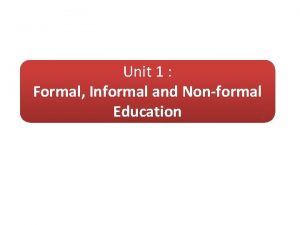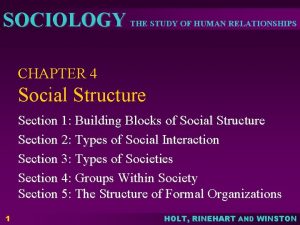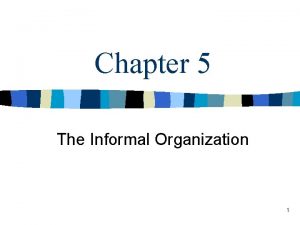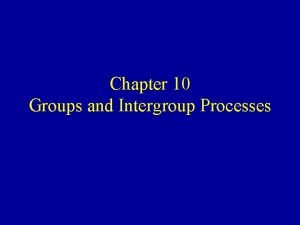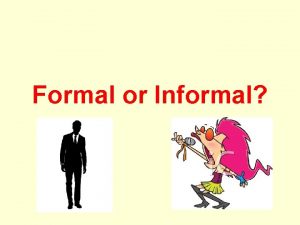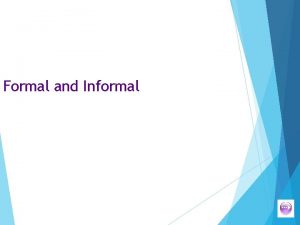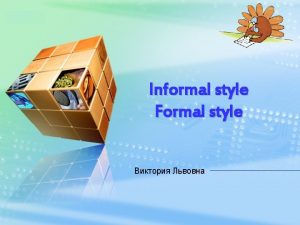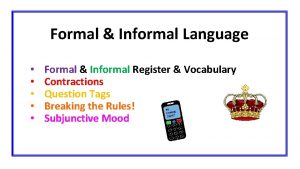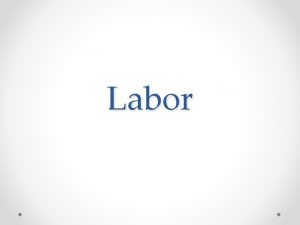FORMAL INFORMAL ORGANIZATION Chapter 1 Organization A group






- Slides: 6

FORMAL & INFORMAL ORGANIZATION Chapter 1

Organization • A group of individuals coordinated into different levels of authority and segments of specialization for the purpose of achieving goals and objectives of the organization. • Purpose and objectives • Coordination of people • Specialization of activities • Hierarchy of authority

Formal organization • Formal organization refers to the organization structure deliberately created by management for achieving the objectives of the enterprise. It is a pattern of activities, processes, human relationships and roles planned and structured in order to accomplish organizational goals. • It s a network of official authority responsibility relationships and communication flows. It is an official and rational structure. According to Chester Barnard, “Formal organization is a consciously co-ordinated activities of two or more persons towards a common objective.

• The informal organization is the interlocking social structure that governs how people work together in practice. It is the aggregate of, norms, personal and professional connections through which work gets done and relationships are built among people who share a common organizational affiliation or cluster of affiliations. It consists of a dynamic set of personal relationships, social networks, communities of common interest, and emotional sources of motivation. The informal organization evolves, and the complex social dynamics of its members also.

• Tended effectively, the informal organization complements the more explicit structures, plans, and processes of the formal organization: • it can accelerate and enhance responses to unanticipated events, foster innovation, enable people to solve problems that require collaboration across boundaries, and create footpaths showing where the formal organization may someday need to pave a way.

Characteristics of Formal organization • • • Well defined rules and regulation Arbitrary structure Determined objectives and policies Status symbol Limitation on the activities of the individual Strict observance of the principle of coordination • Messages are communicated through scalar chain

